My husband and I got to go on a well-deserved excursion on Sunday to the Vancouver Art Gallery, compliments of his parents who were willing to spend the day hosting our kids. I had been looking forward to going to see the new Ed Burtynsky exhibit, which included a parallel exhibit of Emily Carr’s paintings showing deforested landscapes. The gallery’s feature exhibit was Lauren Harris from the Canadian Group of Seven, which was also worthwhile.
I was introduced to Burtysnky’s work when I was studying art at Emily Carr several years ago. At that time, the film Manufactured Landscapes was playing, and I saw his photo exhibit in a local gallery. Burtysnky is known for his large-scale landscape photos, which show the tension of beautiful landscapes that have been impacted by human industry. The sheer volume and detail in the locations are overwhelming: mass amounts of recycled computer parts, dizzying quarries, spiraling mine tailings, enormous factories, ominous shipyards. And the people: tiny figures materialize in the images…people picking through these landscapes for reusable or valuable items, truly looking for that needle in a haystack.
If you haven’t had the opportunity to see the documentary, it is worth it! I’m going to borrow it from the library again to show our kids.
So while I had seen some of the photos before, the exhibition, Edward Burtynsky: A Terrible Beauty, had some wonderful new photographs, and a few older ones that I had not seen. The older work featured the concept of human habitation, how it alters landscape and eventually results in abandonment.
The newer photos dealt with landscapes altered by water and how humans alter water. I found the photo called Pivot Irrigation #7 captivating. At first, it looks like the cross-section of some logs. But at a large scale, you see that it is actually Texas fields. The static composition of the photo is quite captivating.
I also loved the colours in these photos; I am a big fan of blues, greys and whites.
You can see the photos on Burtysnky’s website, but really you must see them large-scale to appreciate the beauty, the colours, the details. For example, you can see the people working on the rice patties, etc., at full scale. The clothes blowing dry on a line in the middle of nowhere. You can imagine being that isolated, not having deadlines.
His new film, Watermark, 2013, was playing in one of the viewing rooms. I decided to save it until I can watch the entire film at home. The thesis “How does water shape us, and how do we shape water?†as Ed Burtynsky states in the trailer, will prove to be interesting. Not only are the colours and compositions in these images striking, but these locations present questions and interesting social ideas as well.
On the CBC National feature, Burtysnky says, “There is a consequence to 7 billion people living an urban life, and this is what it looks like.†This clip is a great piece on understanding Burtynsky’s work.
If you do visit the gallery before June 8, there is an exhibition on the 2nd floor called Cock and Bull. I didn’t love that exhibit (definitely not one for the kids), but don’t miss the mobile at the top of the stairs by B. C. Binning. It had an incredible geometric form and shadow. The mobile was made of bamboo sticks, thread, and paper board triangles. The intricate shadow was mesmerizing.
In contrast, for some geometric art that I didn’t love, Lauren Harris’ geometric paintings from the 30s-50s. I guess this is an example of beauty being in the eye of the beholder: this painting sold for $431,000.

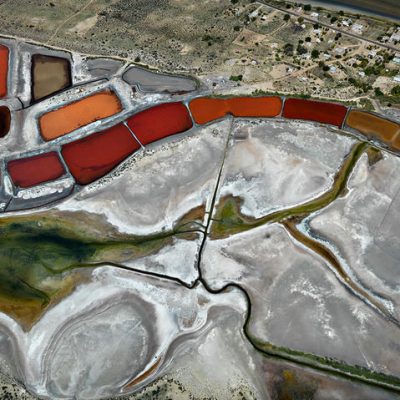
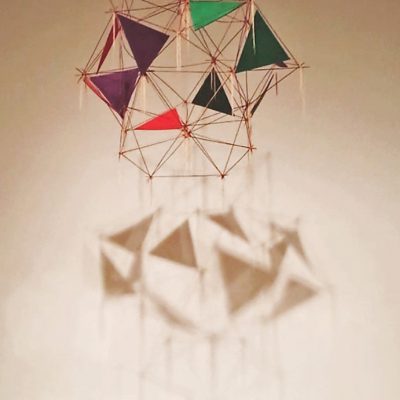
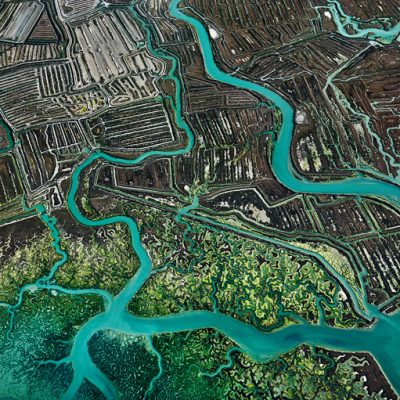
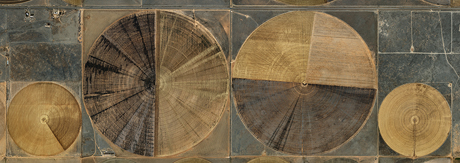
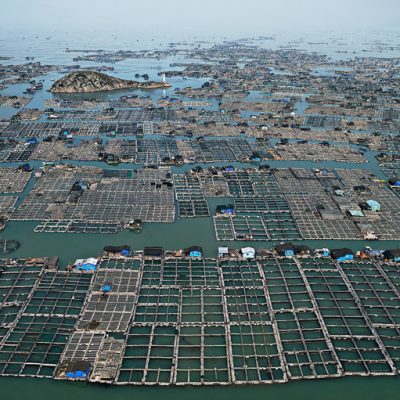
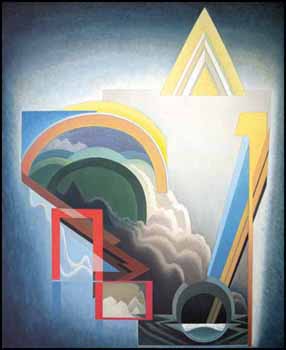
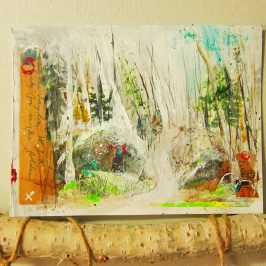
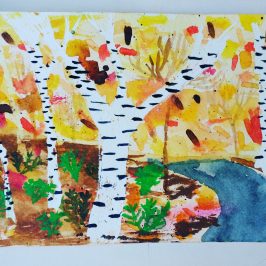
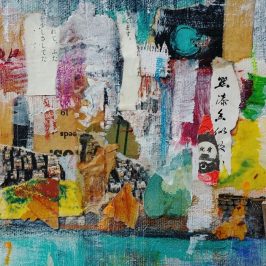
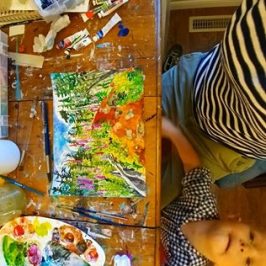
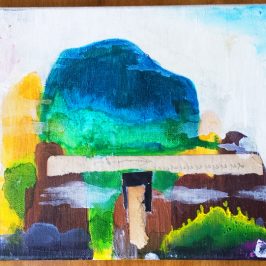
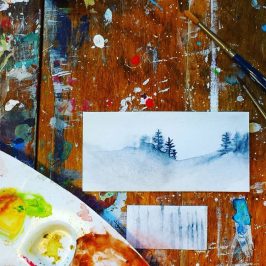
Shalagh Hogan (Say Shay-la)
This sounds like a super cool date and exhibit! We call hosting the kids “babysitting’. Burtyskny seems Brilliant and I don’t blame you for wanting to view the film at home. Thanks for the insights.
Shalagh
The Farmhouse Chronicles and Delight-filled Leaves Art
Yep, we call it babysitting too!
Mama Cormier
I love Burtynsky’s photographs. I’ve seen his work at the AGO and McMichael Gallery in Kleinburg. I’ve also had the opportunity to see some of his work in his studio in downtown Toronto. My daughter and her friends had their own show there several years ago when they were students at Ryerson.
The Farmhouse Chronicles and Delight-filled Leaves Art
How cool! My brother attended Ryerson too, for journalism.